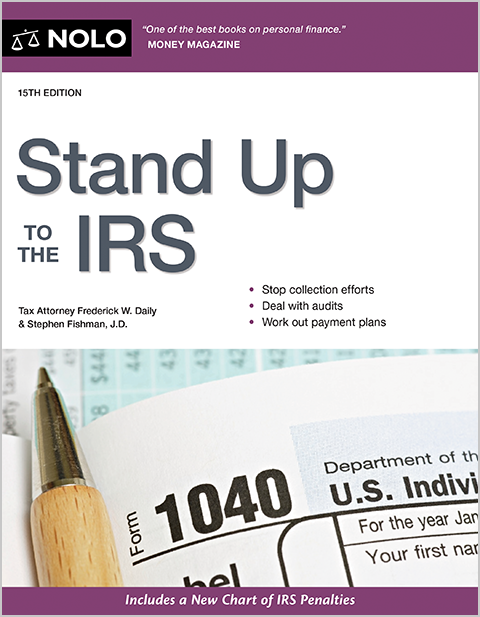Get the basics about solo 401(k) plans.
A solo 401(k), also called a "one-person" or "individual" 401(k), is a 401(k) retirement plan designed specifically for self-employed people with one-owner businesses. It covers only you (or you and your spouse, if any). You can set up a solo 401(k) whether your business is incorporated or a sole proprietorship. Partners in a partnership can also establish these plans for themselves when all partners (and their spouses) are the only employees.
How Much Can I Contribute to a Solo 401(k)?
Solo 401(k)s are a great retirement option for self-employed people because the money you contribute each year is tax deductible, and you can make substantial annual deductible contributions: up to 20% of net self-employment earnings (after deducting half of self-employment tax and the contribution itself), plus an annual deferral contribution of up to $23,500 (2025), up to an annual maximum of $70,000 (2025). Plus you can add an additional $7,500 annual catch-up contribution if you're over 50 years of age, or $11,250 for ages 60 to 63 (2025). The aggregate maximum with the catch-up is $77,500 ($70,000 plus $7,500 catch-up for ages 50 to 59 and 64 and older) to $81,250 ($70,000 plus $11,250 catch-up for ages 60 to 63) (2025), depending on age.
How to Set Up a Solo 401(k)
You can set up a solo 401(k) plan at most banks, brokerage houses, mutual funds, and other financial institutions and invest the money in a variety of ways. You must adopt a written plan and set up a trust or custodial account with your plan provider to invest your funds. Financial institutions that offer solo 401(k) plans have preapproved ready-made plans that you can use.
One of the great things about solo 401(k) plans is that they are very easy to administer. If, at the end of the year, the total assets in your solo 401(k) are worth less than $250,000, you don't have to make annual tax filings with the IRS. However, an annual tax filing is required if the total balance of your plan exceeds $250,000 at the end of the year. The filing deadline is July 31. Extensions are available.
If your solo 401(k) is worth more than $250,000, you can have your plan administrator or certified public accountant (CPA) make the required filing. However, they will ordinarily charge you for this service. You can do this tax filing yourself and save the money using IRS Form 5500-EZ, Annual Return of One-Participant (Owners/Partners and Their Spouses) Retirement Plan or A Foreign Plan.
Getting Tax Help
For more information, see the IRS website on one-participant 401(k) plans. If you need more assistance, contact a tax lawyer or another tax professional, such as a CPA.
Talk to a Tax Attorney
Need a lawyer? Start here.
How it Works
- Briefly tell us about your case
- Provide your contact information
- Choose attorneys to contact you
- Briefly tell us about your case
- Provide your contact information
- Choose attorneys to contact you

